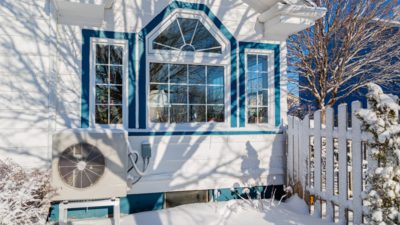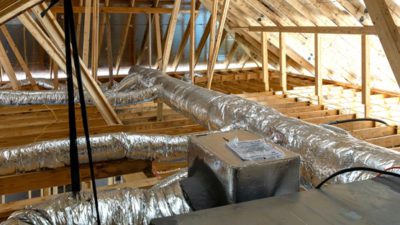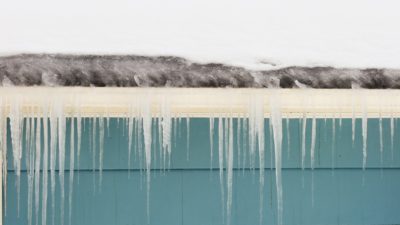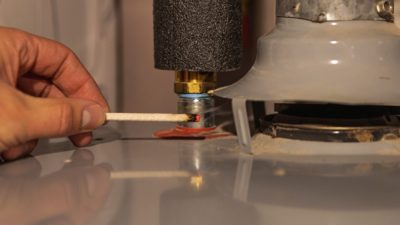In the U.S., wind has become the most-used source of renewable electricity, overtaking hydroelectric generation for the first time in 2019.
Alongside solar, hydro, geothermal, and more, wind is proving to be a sustainable source of clean energy that we can count on now and in the future.
Tom Kiernan, CEO of the American Wind Energy Association, says that “wind is positioned to remain the largest renewable energy generator in the country for the foreseeable future.”
So where did it all start and how big exactly is a wind turbine?
Wind Energy Has Been Around for a While
Although the first large scale wind farms were installed in California in 1980, people have been using wind energy for thousands of years. According to the U.S. Energy Information Administration (EIA), “people used wind energy to propel boats along the Nile River as early as 5,000 BC. By 200 BC, simple wind-powered water pumps were used in China, and windmills with woven-reed blades were grinding grain in Persia and the Middle East.”
They’ve Evolved Over Time
The idea of using wind as power has evolved over the years from its past purpose of grinding grains, cutting wood at sawmills, and pumping water, to generating electricity with modern day wind turbines. Even the blades have gone through a transition from plant materials to cloth to wood, and eventually to steel blades that were invented in 1890. According to the National Renewable Energy Laboratory (NREL), today wind turbines are mostly made of “steel (71-79% of total turbine mass); fiberglass, resin or plastic (11-16%); iron or cast iron (5- 17%); copper (1%); and aluminum (0-2%).”
Wind Turbines are Getting Bigger
While it’s hard to tell from pictures or as you’re driving down the highway, wind turbines keep getting bigger and more powerful. According to NREL, the average rotor diameter of turbines is almost 400 feet which is up 141% from 1998. According to the U.S. Department of Energy (DOE), “wind turbine blades average over 190 feet long, and turbine towers average 295 feet tall—about the height of the Statue of Liberty.” They’ve gone from 4 blades to 3 or less and we’ve watched as efficiencies are continually improved and designs are refined.
They’re Complicated Machines
While the blades of wind turbines look as if they flawlessly glide through the air without much help, a single wind turbine can have as many as 8,000 different components to it. A wind turbine operates by “using the aerodynamic force from the rotor blades, which work like an airplane wing or helicopter rotor blade. When wind flows across the blade, the air pressure on one side of the blade decreases. The difference in air pressure across the two sides of the blade creates both lift and drag,” says the U.S. DOE. Let’s just say that there’s more inside a wind turbine than you might think. Get an up close and personal look at the tower, control panel, and nacelle (which contains the moving parts) in this U.S. DOE video.
They Provide U.S. Jobs
Wind turbines are so complicated that there’s a specially trained person, a wind turbine technician, in charge of installing, inspecting, maintaining, operating, and repairing wind turbines (which you can see in the video above). There are also plenty of other jobs created during the manufacturing process. According to the U.S. DOE, almost all of the parts of wind turbines in the U.S. are made in the U.S. “There are more than 500 wind-related manufacturing facilities located across 43 states, and the U.S. wind industry currently employs more than 114,000 people,” states the U.S. DOE. According to Forbes, almost 3.3 million Americans have clean energy jobs.
Wind Turbines Provide A Lot of Energy
If we see continued growth in the wind energy industry, the U.S. DOE says that one-third of the world’s electricity needs will be fulfilled by wind power by 2050. Here are some statistics about how much energy wind turbines provide:
- The share of U.S. electricity generation from wind grew from less than 1% in 1990 to almost 9% in 2020, says the EIA.
- According to the U.S. DOE, “wind energy provides more than 10% of total electricity generation in 14 states, and more than 30% in Kansas, Iowa, and Oklahoma.”
- The biggest wind turbines (just one of them!) can generate enough electricity in one year to supply approximately 600 average homes in the U.S., according to National Geographic.
- At the end of 2019, the United States’ wind power capacity was enough to offset the consumption of almost 30 million average homes in the U.S.
While you may not be ready to install a residential-sized wind turbine in your backyard, there are many things you can do to reduce your energy use and lower your carbon footprint. Check out the HomeWorks Energy blog for tips on saving money year-round and becoming a better steward of your environment with ideas that are low-cost or no-cost! Together we can make the planet greener and cleaner.





